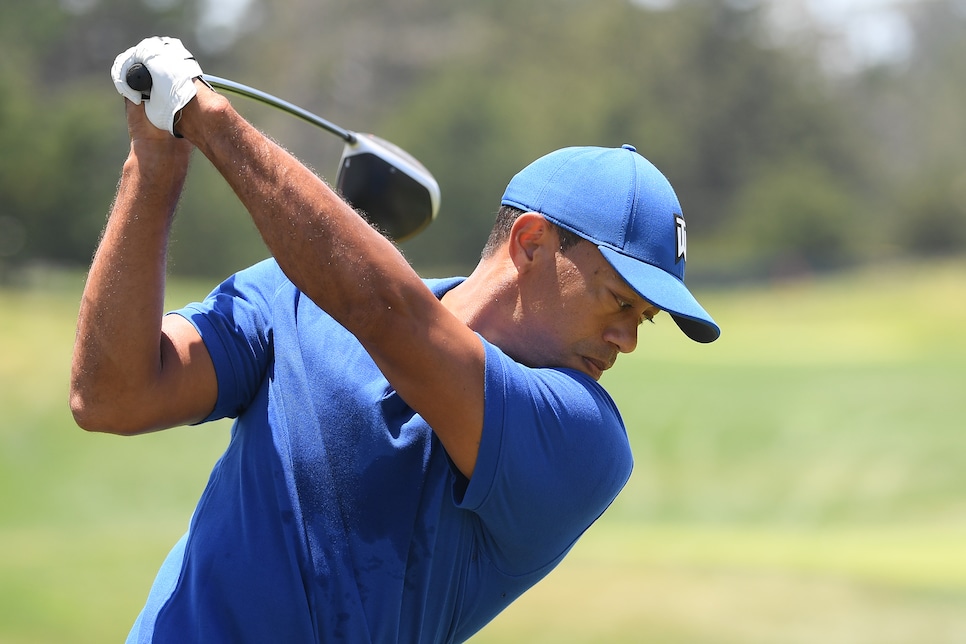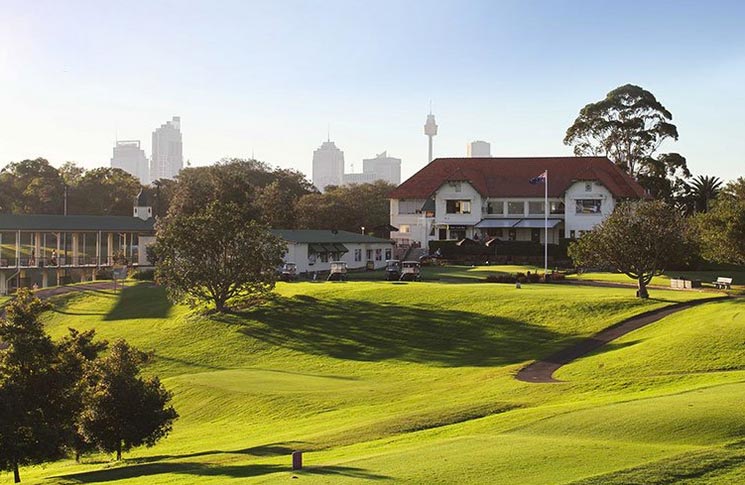One of the (many) reasons why golf is so tricky is because the way most golfers practice isn’t all that similar to the game we actually play. Yet, it’s an essential part of getting better.
We need to work on our games on the range and practice green, then somehow flip the switch when we get to the golf course so we can actually play better.
Dr. Luke Benoit, a PhD in motor learning and the founder of Ryp Golf (which you can check out here) joined us in our recent episodes of the Golf IQ podcast to explain how we can do that. Here was his advice, which you can read or listen to below (and subscribe to the Golf IQ podcast here!)
1. Think a lot during practice, not during play
An essential part of bringing your range game to the course is recognizing that there are two types of practice, and knowing when to use each.
Working on your golf swing technique shouldn’t look anything like your golf course. You should be thinking a lot, and overdoing swing feels. It’s ok to hit bad shots here, if it means getting comfortable with your new technique.
But that kind of thinking a lot—chasing swing feels mentality isn’t one you should be trying to replicate on the course—even if you’re striping it on the range.
“You want high thinking during practice, low thinking during play,” he says. “On the course, it’s best to just see targets and hit targets. Like if I had a ping pong ball coming at me. I just need to react.”
In short, accept that the best golf comes from working your brain in overdrive on the range, and putting it in hibernation mode on the course.
2. Keep your swing thoughts external
Of course, how do you think about nothing? You can’t. You need to think about something. The goal is to keep those thoughts as simple as possible in a way that’s going to help you react more like athletes in other sports.
When it comes to swing thoughts, that means keeping things external. So instead of thinking about something you want to do with your body (example: “keep your arms straight”) rephrase so your desired technique connects you with your surroundings (example: “stretch towards the sky”).
Why? Because there’s a growing body of research showing that those external swing thoughts create more freedom and movement in your swing, while the former can lock you up.
“You are not going to hit the ball as solid if you’re thinking about your body,” Benoit explains. “You’re probably not going to keep your left arm ramrod straight. You’re probably not going to hit it that solid.”

Ross Kinnaird
3. Use mental imagery
Again, the ultimate path to playing well is focusing on and reacting to your target. The way you do that is to picture it as clearly as possible in the final seconds before you start your swing.
Yes, you may be looking at the ball. But in your mind’s eye you should be picturing the target as clearly and in as much detail as possible. It’ll put you in a more reactionary state, and it’s why heads-up putting—when golfers literally look at the hole as they putt—has proven to help golfers perform better on the green.
“Using mental imagery and target visualization can engage the right brain systems and put you in a more reactionary state,” Benoit explains.
4. Know how to train for the arena
To the earlier points, one kind of practice is heavy thinking, swing-focused practice. The other is preparing for this reactionary state that you want to be in on the course.
So when you’re warming up, follow some of those cues:
- Hit different clubs to different targets to practice problem solving
- Try hitting slices and hooks intentionally to give your brain reference points
- Use your mental imagery and external swing thoughts to practice being reactionary
“For a lot of people, if they’ve spent 98% of their range time never doing that process, it is so weird and hard. They’ve become maimed—I call it pedagogically maimed from doing this,” he says. “You have to spend time preparing for what will happen on the golf course.”

Petri Oeschger
5. Solve new problems, don’t chase the same solutions
When you’re working on your swing, you’re chasing something specific. You’re trying to do whatever move you’re working on as best as you can.
You’re going to hit bad shots on the course, but Benoit says it’s a trap to chase the same swing thought like you were on the range. Instead, focus on trying to adapt to the shots you’re seeing. That may mean trying to hit a slice when you see hooked drives, or putting more from around the greens when you’re struggling with chipping that day.
In each case you’re not trying to do the thing you’re bad at better; you’re trying to cut your losses and work around the issue with a new strategy.
“We’re not looking to try to repeat solutions. We’re trying to get good at solving problems.”
This article was originally published on golfdigest.com




